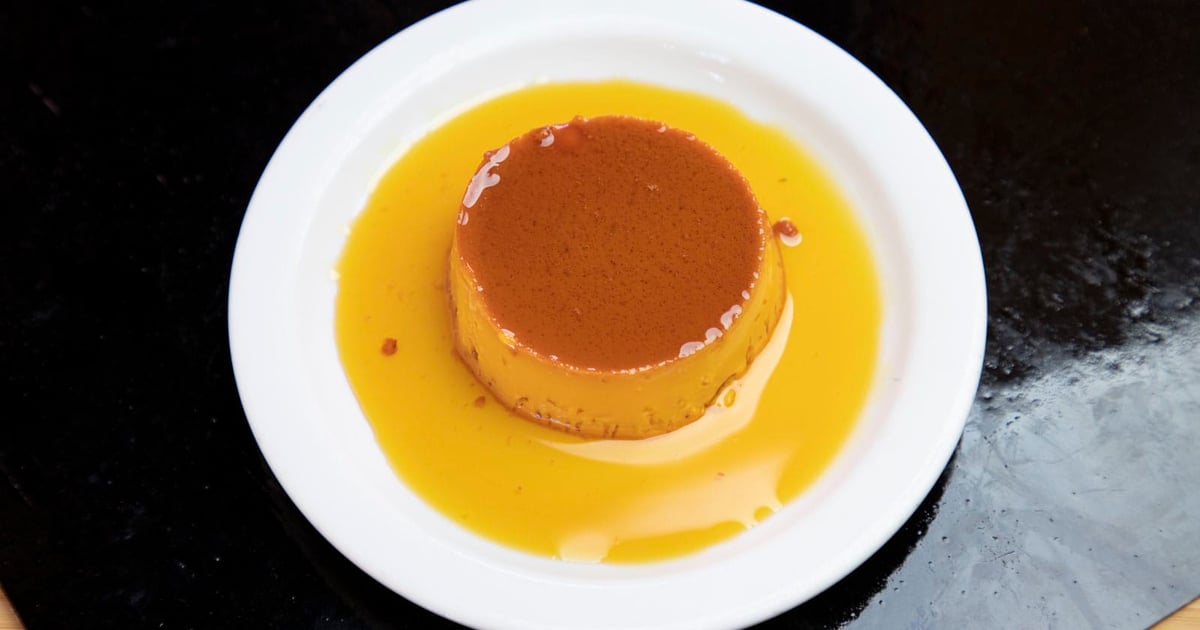Ciego De Ávila's Local Cuisine: A Culinary Adventure
Share
Ciego de Ávila, a vibrant province in central Cuba, is not just known for its picturesque landscapes and rich culture but also for its unique and flavorful local cuisine. This article will take you on a culinary journey through the heart of Ciego de Ávila, showcasing the traditional dishes, local ingredients, and dining experiences that make this region a must-visit for food lovers.
The Essence of Ciego de Ávila's Cuisine
Ciego de Ávila's culinary scene is a delightful blend of Spanish, African, and indigenous Taíno influences. The region's cuisine is characterized by its use of fresh, local ingredients, vibrant flavors, and traditional cooking methods. Here, you'll find an array of dishes that reflect the agricultural bounty of the area, with staples such as rice, beans, and root vegetables taking center stage.
Key Ingredients
-
Rice and Beans: These two ingredients form the backbone of many meals in Ciego de Ávila. The combination is often served with various meats and vegetables, creating a hearty and satisfying dish.
-
Plantains: Both ripe and green plantains are commonly used in local dishes. They can be fried, boiled, or baked, adding a sweet or savory element to meals.
-
Pork: Pork is a favorite protein in Cuban cuisine, and in Ciego de Ávila, you'll find it prepared in numerous ways, including roasted, stewed, or grilled.
-
Seafood: Given its proximity to the coast, Ciego de Ávila boasts an abundance of fresh seafood. Fish, shrimp, and lobster are often featured in local dishes.
-
Spices and Herbs: The use of garlic, cumin, oregano, and bay leaves enhances the flavors of Ciego de Ávila's dishes, giving them a distinctive taste.
Traditional Dishes to Savor
When visiting Ciego de Ávila, there are several traditional dishes that you simply cannot miss. Here are some must-try items that showcase the region's culinary heritage:
1. Ropa Vieja
Ropa Vieja, or "old clothes," is a classic Cuban dish made from shredded beef cooked in a savory tomato sauce with bell peppers and onions. This dish is typically served with rice and black beans, making it a filling and flavorful meal.
2. Lechón Asado
Lechón Asado, or roasted pork, is a staple at celebrations and family gatherings in Ciego de Ávila. The pork is marinated in a citrus and garlic sauce, then slow-roasted until tender and crispy. It's often served with rice, beans, and fried plantains.
3. Vaca Frita
Vaca Frita, meaning "fried cow," is another popular dish made from marinated flank steak that is pan-fried until crispy. The meat is typically served with onions and lime, adding a zesty flavor to the dish.
4. Moros y Cristianos
This dish consists of black beans and white rice cooked together, symbolizing the historical coexistence of the Moors and Christians in Spain. It's a flavorful and hearty dish that pairs well with various meats.
5. Tostones
Tostones are twice-fried green plantains that are crispy on the outside and soft on the inside. They are often served as a side dish or snack, accompanied by a garlic dipping sauce.
Dining Experiences in Ciego de Ávila
Ciego de Ávila offers a variety of dining options, from casual eateries to upscale restaurants. Here are some recommended places to enjoy the local cuisine:
1. Paladares
Paladares are private restaurants run by families, providing an authentic dining experience. These establishments often serve traditional Cuban dishes made from fresh, local ingredients. Dining at a paladar allows you to connect with the local culture and enjoy home-cooked meals.
2. State Restaurants
State-run restaurants in Ciego de Ávila offer a more formal dining experience. While the menu may be less varied than that of a paladar, these establishments often serve well-prepared traditional dishes in a comfortable setting.
3. Street Food Stalls
For a more casual experience, explore the street food scene in Ciego de Ávila. Vendors sell a variety of snacks, including empanadas, fritters, and fresh fruit. Street food is an excellent way to sample local flavors at an affordable price.
Best Time to Visit Ciego de Ávila
The ideal time to visit Ciego de Ávila is during the dry season, which runs from November to April. During these months, the weather is pleasant, with average temperatures ranging from 20°C to 28°C (68°F to 82°F). This is the perfect time to explore the local cuisine and enjoy outdoor dining experiences.
Weather Information
- November to April: Dry season, mild temperatures, and lower humidity.
- May to October: Rainy season, higher humidity, and occasional storms.
Conclusion
Ciego de Ávila's local cuisine is a vibrant reflection of its rich cultural heritage and agricultural abundance. From the savory flavors of Ropa Vieja to the crispy delight of Tostones, every dish tells a story of tradition and community. Whether you're dining at a paladar or enjoying street food, the culinary experiences in Ciego de Ávila will leave a lasting impression.
Ready to experience the flavors of Ciego de Ávila? Book your flights and accommodations now to embark on a culinary adventure that will tantalize your taste buds and create unforgettable memories.




